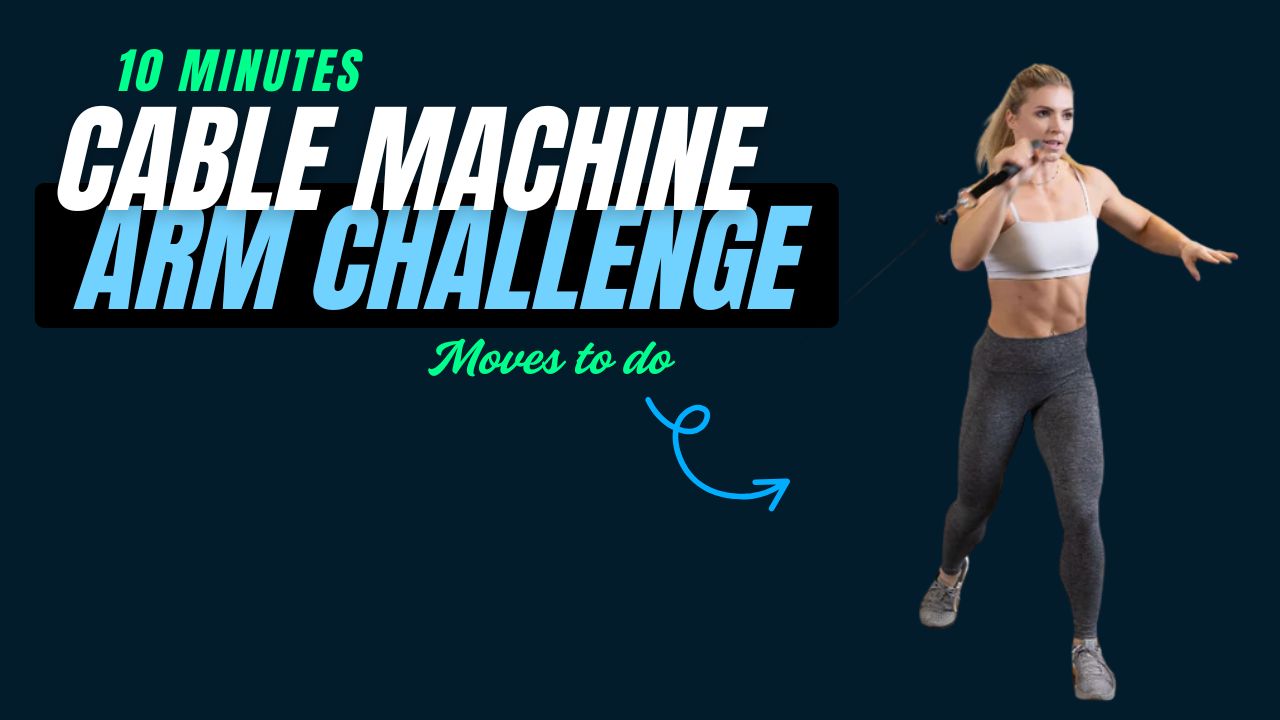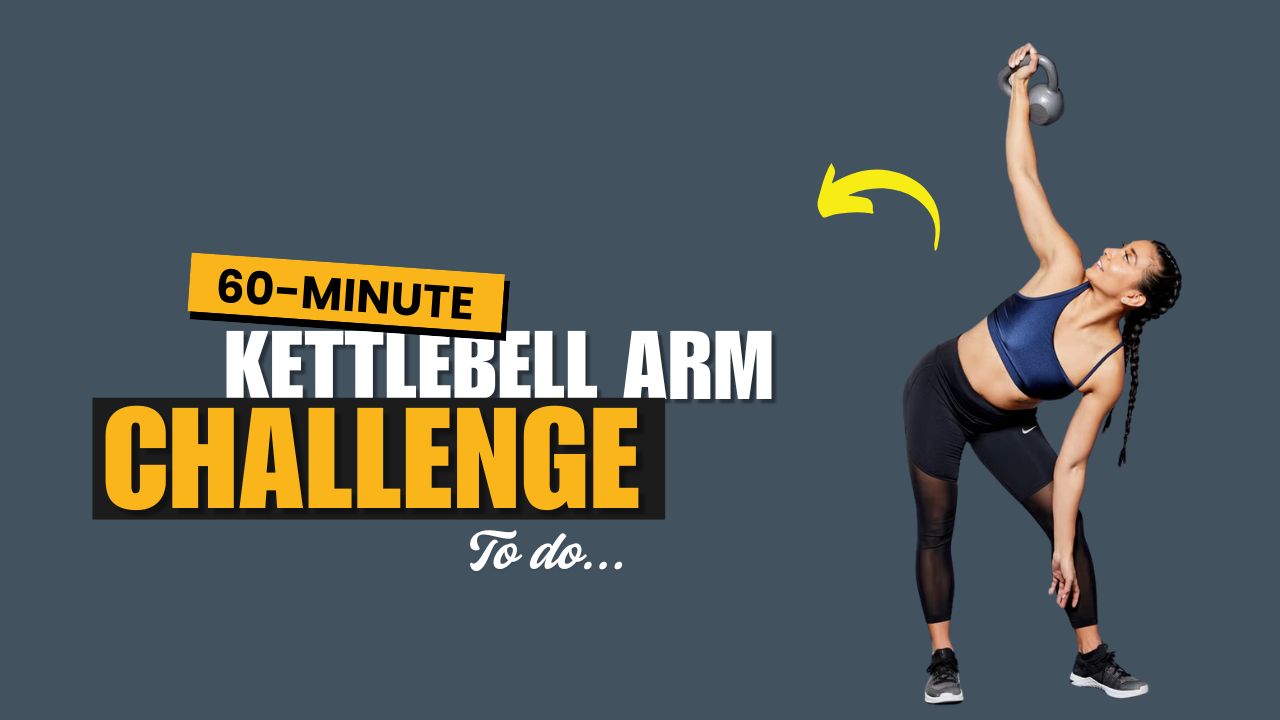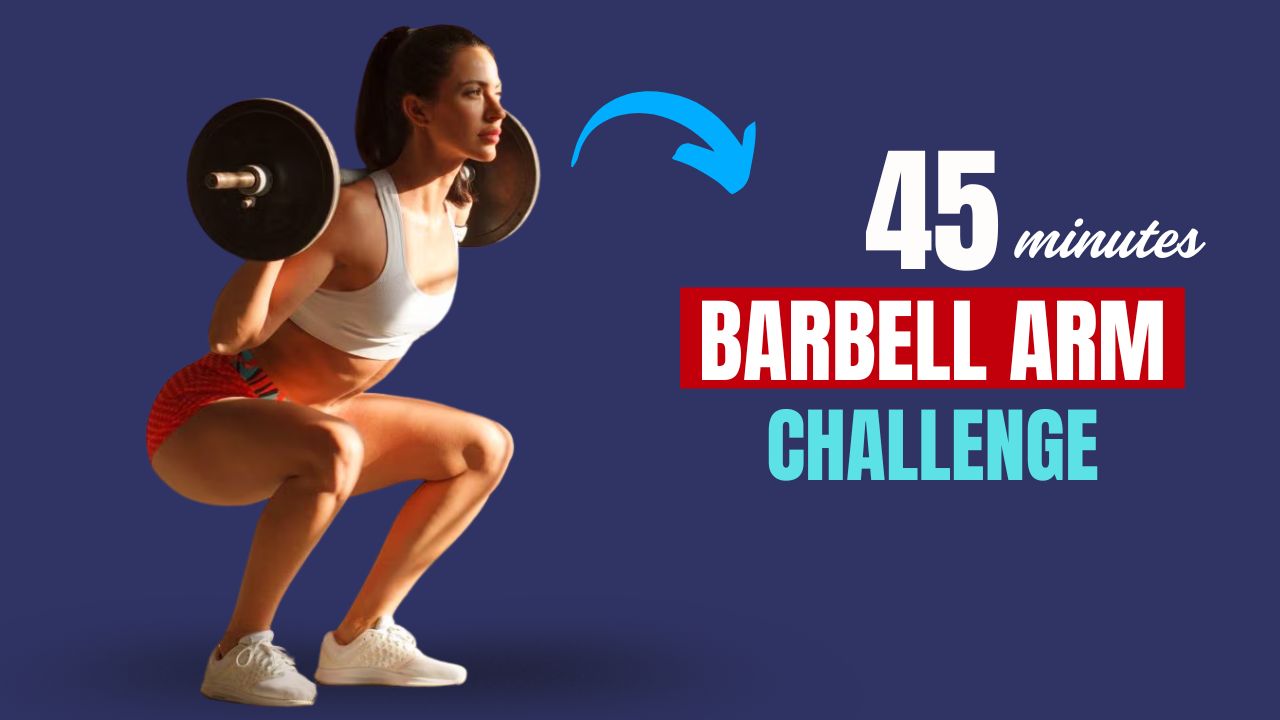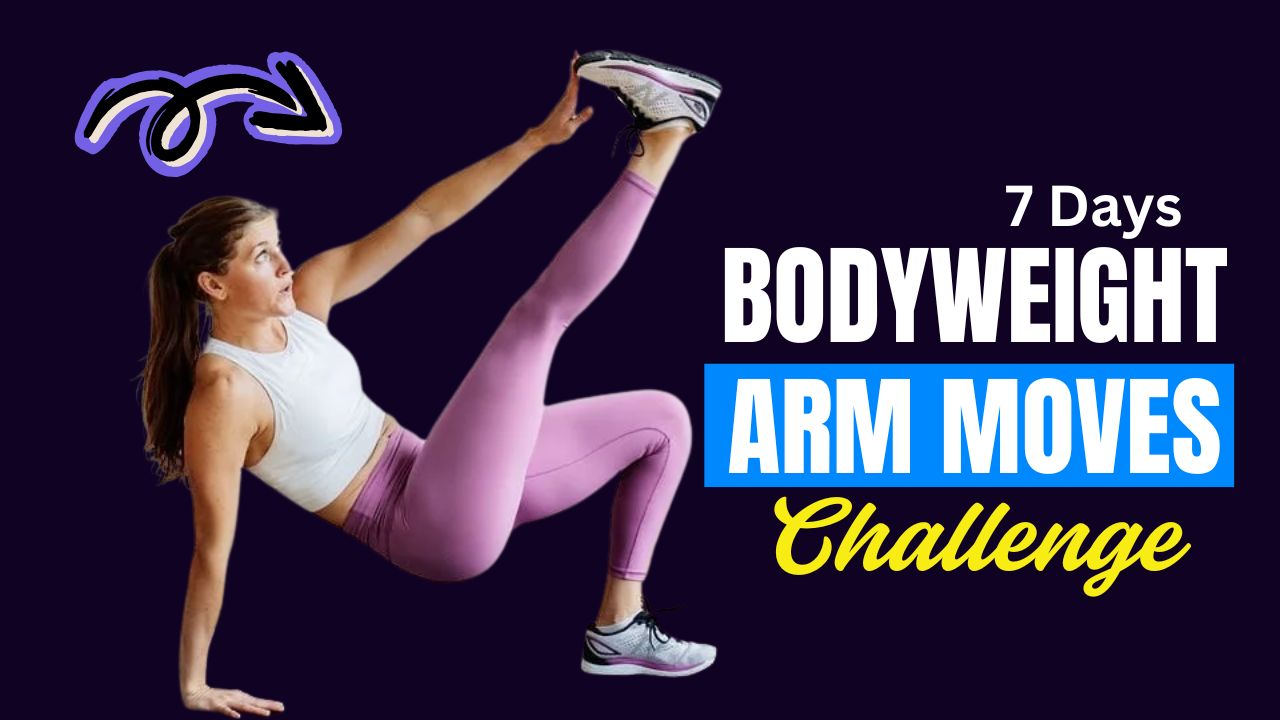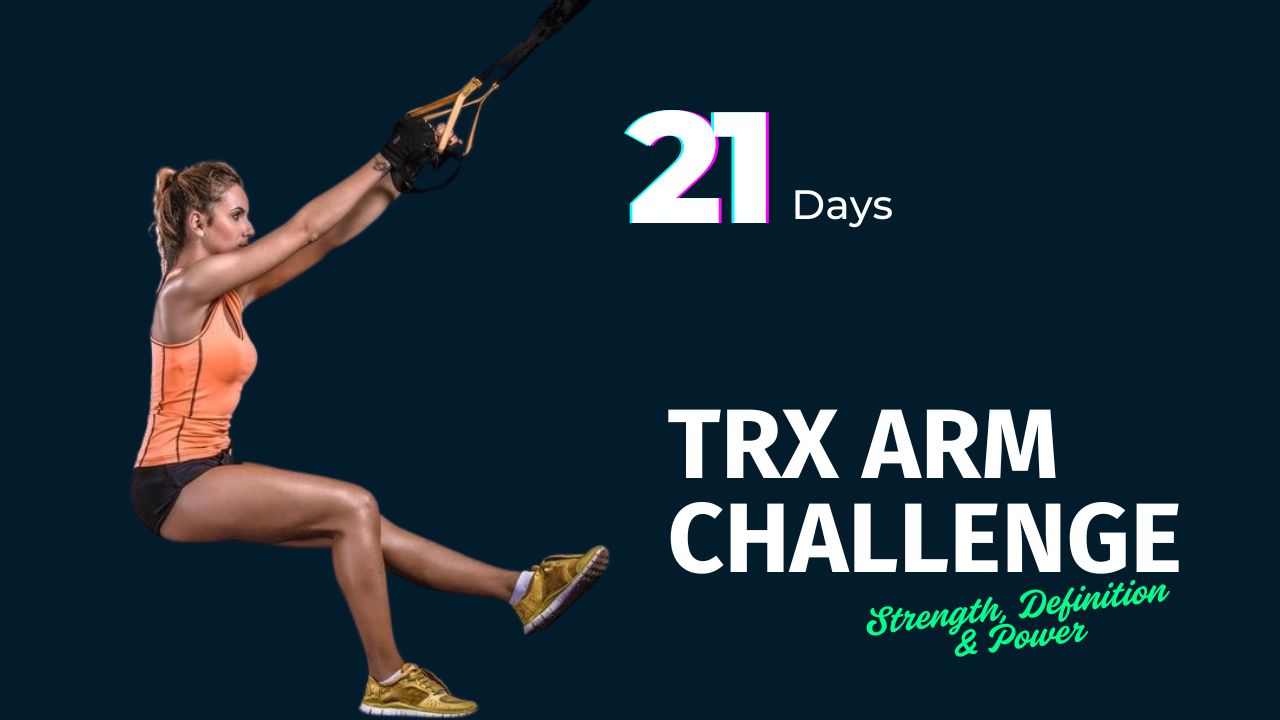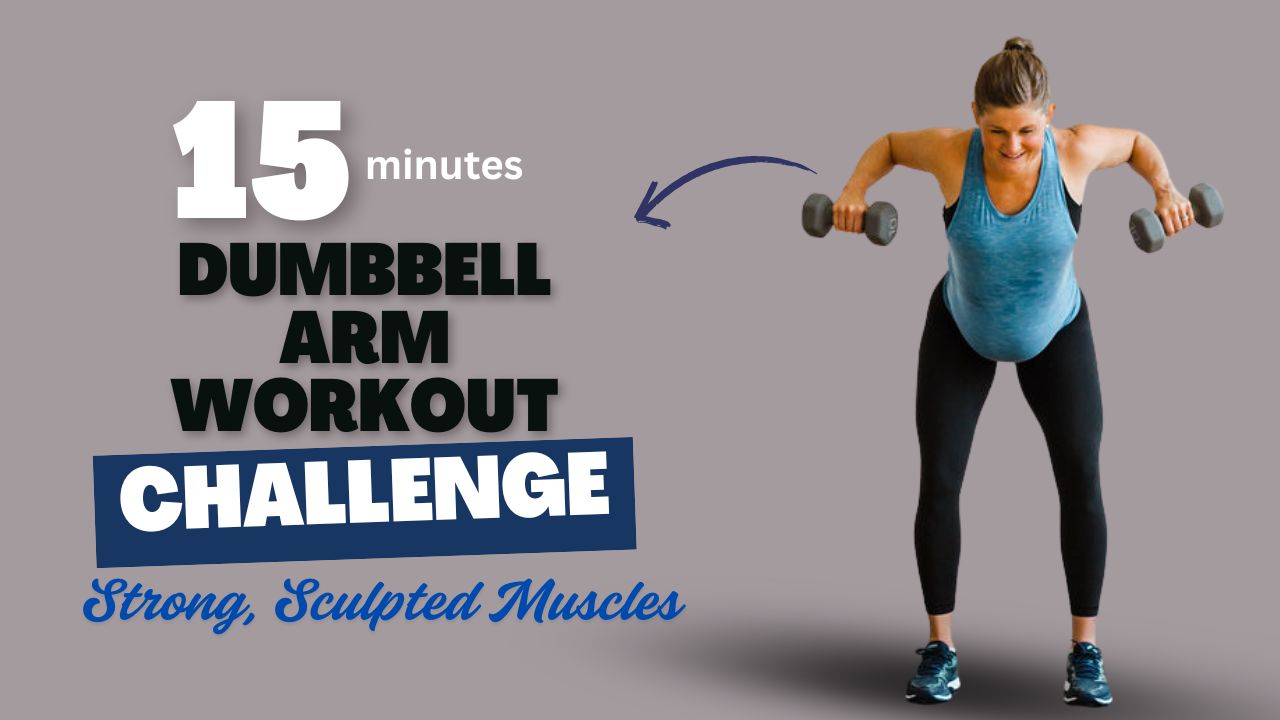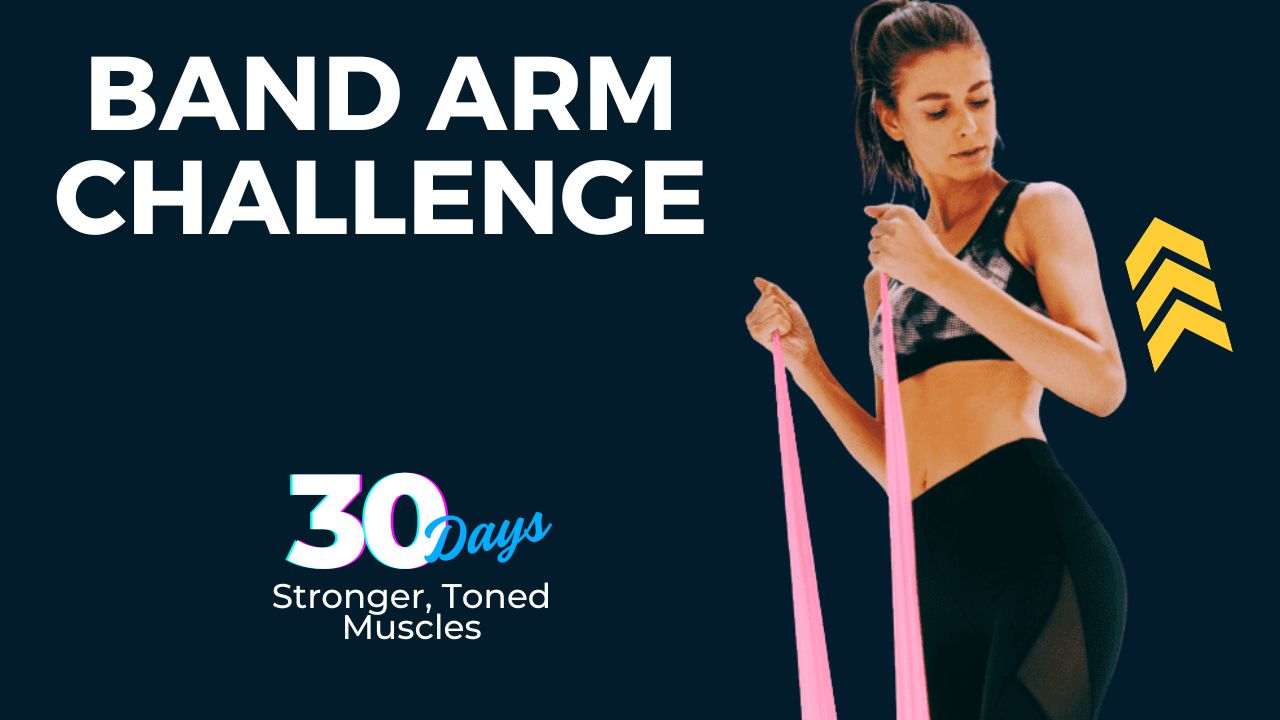Ever felt like your hamstring workouts have hit a plateau? If you’re still relying only on deadlifts and leg curls, you’re leaving serious gains on the table.
The secret to unlocking next-level hamstring strength and aesthetics lies in a versatile tool hiding in plain sight—the hi-lo cable machine.
This underrated machine can isolate and activate your hamstrings in ways dumbbells or barbells can’t.
Whether you’re training for performance, injury prevention, or just building stronger, shapelier legs, these cable-based movements can level up your routine.

Table of Contents
What Happens After 30 Days of Hi-Lo Cable Hamstring Exercises?
| Timeline | Results You Can Expect |
|---|---|
| Week 1 | Improved muscle activation and mind-muscle connection in hamstrings |
| Week 2 | Increased flexibility, better posture, and reduced tightness in the posterior chain |
| Week 3 | Noticeable strength gains during movements like lunges, squats, and deadlifts |
| Week 4 (Day 30) | More defined hamstring shape, better hip stability, and enhanced glute-hamstring coordination |
Do’s and Don’ts of Hi-Lo Cable Hamstring Exercises
| Do’s | Don’ts |
|---|---|
| Warm up your hamstrings before starting | Don’t use excessive weight that compromises form |
| Keep your core engaged throughout the movement | Don’t arch or round your lower back during exercises |
| Focus on slow, controlled movements | Don’t let the cable snap back—always control the return |
| Adjust cable height and attachment for proper tension | Don’t use the same pulley height for all exercises |
| Train both legs equally to avoid imbalances | Don’t ignore unilateral training for weaker hamstrings |
| Squeeze your glutes and hamstrings at peak contraction | Don’t rush through reps without full range of motion |
| Maintain a slight bend in the knees during RDLs | Don’t lock out knees during standing cable movements |
| Use a mirror or partner to check your form | Don’t rely solely on cables—combine with free weights |
Did You Know?
Hamstrings aren’t just for bending your knees—they’re key players in posture, sprinting, hip extension, and even preventing lower back pain. Weak or undertrained hamstrings are one of the leading causes of hamstring strains and glute underactivation.
Why Use a Hi-Lo Cable for Hamstring Workouts?
While traditional hamstring exercises like Romanian deadlifts or Nordic curls are excellent, cables offer:
- Constant tension throughout the movement
- Greater control for isolation work
- Adjustable resistance for progressive overload
- Unique angles that dumbbells can’t replicate
Using a hi-lo pulley system, you can simulate various leg curl and hinge movements while keeping the strain on your hamstrings—even in positions where free weights lose tension.
1. Standing Cable Leg Curl (Low Pulley)
Targets: Hamstrings (especially biceps femoris), glutes
How to Perform:

- Attach an ankle strap to the low pulley.
- Stand facing the machine and secure the strap around one ankle.
- Hold onto the machine or place hands on hips for balance.
- Curl your foot toward your glutes, squeezing your hamstring.
- Lower back slowly to the starting position.
Reps: 10–15 per leg
Sets: 3–4
Perk: Allows unilateral hamstring isolation, helping fix strength imbalances.
2. Cable Romanian Deadlift (Low Pulley)
Targets: Hamstrings, glutes, lower back
How to Perform:
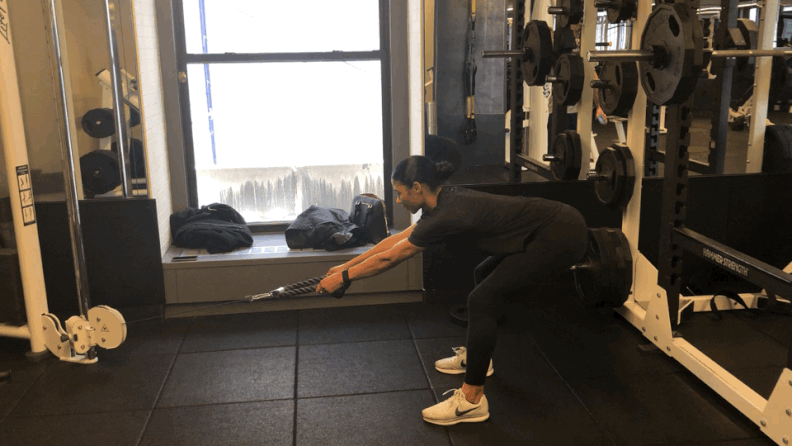
- Attach a short bar to the low pulley.
- Stand a few steps back holding the bar with both hands.
- With knees slightly bent, hinge at the hips and lower the bar down your legs.
- Keep your back straight and core tight.
- Drive your hips forward to return to standing.
Reps: 10–12
Sets: 3–4
Myth Buster: People often believe deadlifts are only for the lower back. In truth, Romanian deadlifts are hamstring-focused hip hinge movements.
3. Cable Glute Bridge with Hamstring Drag (Low Pulley)
Targets: Glutes, hamstrings, core
How to Perform:
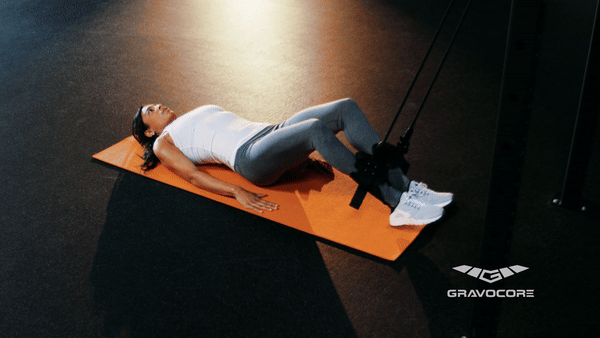
- Attach ankle straps to both ankles and lie on your back with feet toward the pulley.
- Bend knees and plant feet hip-width apart.
- Lift your hips into a bridge while dragging your feet slightly against cable tension.
- Squeeze glutes and hamstrings at the top.
- Lower slowly back down.
Reps: 10–15
Sets: 3–4
Benefit: Combines posterior chain activation with core stability—ideal for rehab or functional strength.
4. Kneeling Cable Kickback with Hamstring Squeeze (Low Pulley)
Targets: Glutes, hamstrings
How to Perform:

- Strap your ankle to the low pulley.
- Get on all fours, with your working leg facing the machine.
- Kick the leg back and slightly up, maintaining a soft bend in the knee.
- Focus on squeezing your hamstring at the top.
- Slowly return without letting the cable snap back.
Reps: 12–15 per leg
Sets: 3
Tip: Add a short hold at the top for increased time under tension.
5. Hi Pulley Good Morning
Targets: Hamstrings, glutes, spinal erectors
How to Perform:
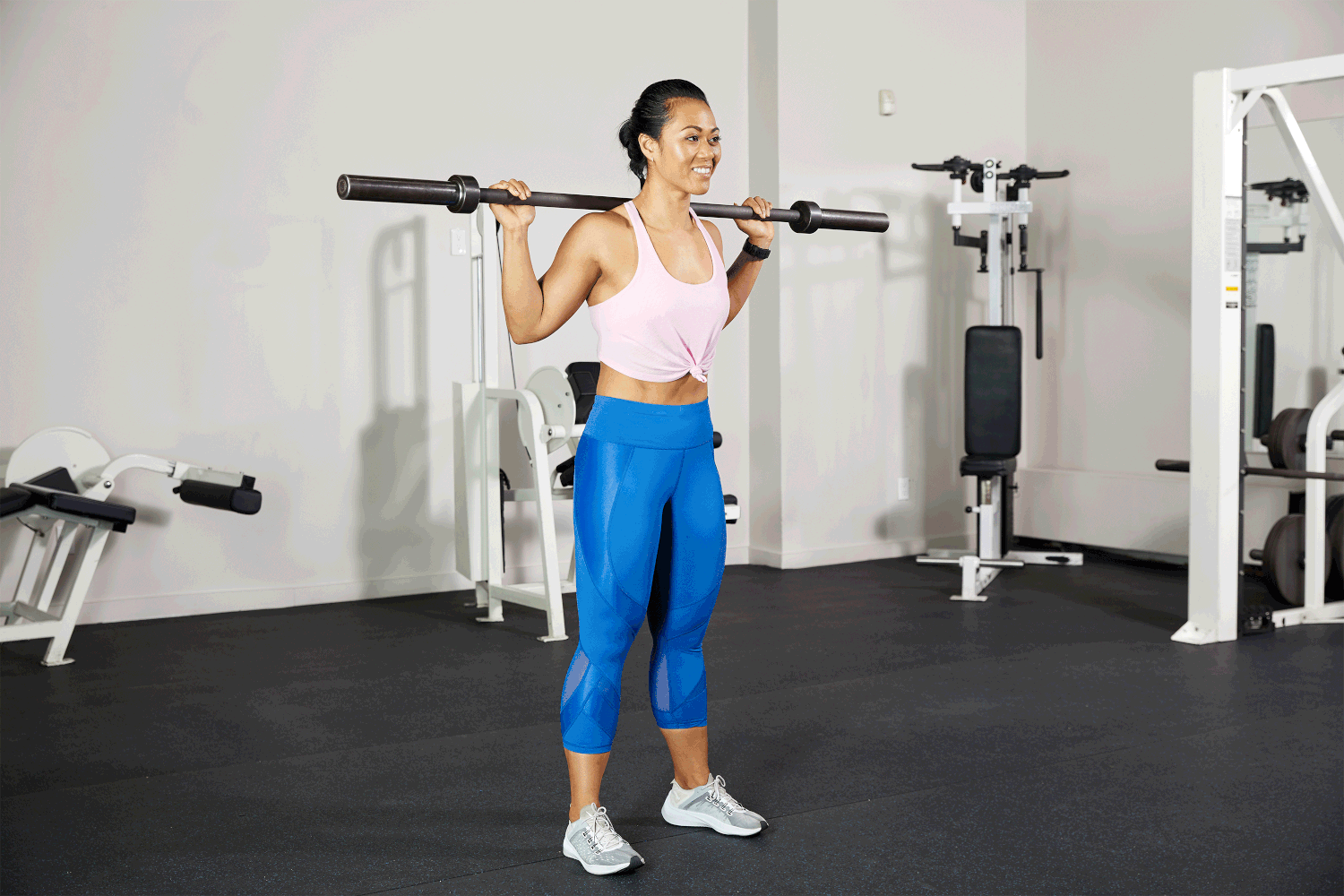
- Attach a rope to the high pulley and face away from the machine.
- Grab the rope handles and walk forward until there’s tension.
- Hinge at the hips, keeping your back flat and knees slightly bent.
- Feel the stretch in your hamstrings.
- Return to upright by squeezing your glutes and hamstrings.
Reps: 10–12
Sets: 3
Unique Angle: The cable pulling from above adds a challenging dynamic tension and helps maintain spinal alignment.
Hamstring Training Pro Tips:
- Warm up thoroughly before starting your cable routine.
- Prioritize form over weight to avoid compensating with the lower back.
- Incorporate eccentric (slow lowering) phases to increase hamstring hypertrophy.
- Combine these with bodyweight or free-weight hamstring exercises for a complete routine.
Interesting Fact:
Studies have shown that training your hamstrings through both knee flexion and hip extension (which these exercises cover) results in greater muscle development and performance than focusing on only one movement type.
Final Thoughts
Don’t let your hamstrings be the forgotten muscle group in your lower body workouts. These 5 hi-lo cable hamstring exercises are not just variations—they’re upgrades.
The combination of resistance direction, constant tension, and controlled movement will push your hamstrings harder, safer, and smarter.
Whether you’re chasing athletic performance, aesthetics, or injury-proofing your legs, it’s time to hook up to that cable machine and give your hamstrings the attention they deserve.
Frequently Asked Questions (FAQs)
Are cable hamstring exercises better than free weight exercises?
Not necessarily better—just different. Cable exercises offer constant tension, controlled angles, and lower joint stress. They’re excellent for isolation, stability training, and muscle engagement, but they work best when combined with free-weight movements like Romanian deadlifts.
How often should I train hamstrings with cable exercises?
You can train hamstrings 1–2 times per week, depending on your program. Allow at least 48 hours of recovery between intense hamstring workouts. For balanced development, alternate between cable-based and free-weight sessions.
Can beginners use hi-lo cable machines for hamstrings?
Yes, absolutely. Hi-lo cable machines are beginner-friendly. They provide adjustable resistance and allow for safe, isolated movements without needing heavy loads or advanced balance.
Which cable hamstring exercise is best for muscle growth?
The Cable Romanian Deadlift and Standing Cable Leg Curl are top picks for hypertrophy. Both exercises place the hamstring under eccentric and concentric tension, which is ideal for stimulating muscle fibers.
Do cable hamstring exercises also work glutes?
Yes. Most hamstring movements also engage the glutes, especially hip-hinge patterns like cable RDLs and kickbacks. These exercises help build the posterior chain as a whole.
Can these exercises help prevent injuries?
Yes. Strong hamstrings reduce the risk of strains, ACL injuries, and lower back issues. Using cables can also improve joint control and stabilizer muscle strength.

